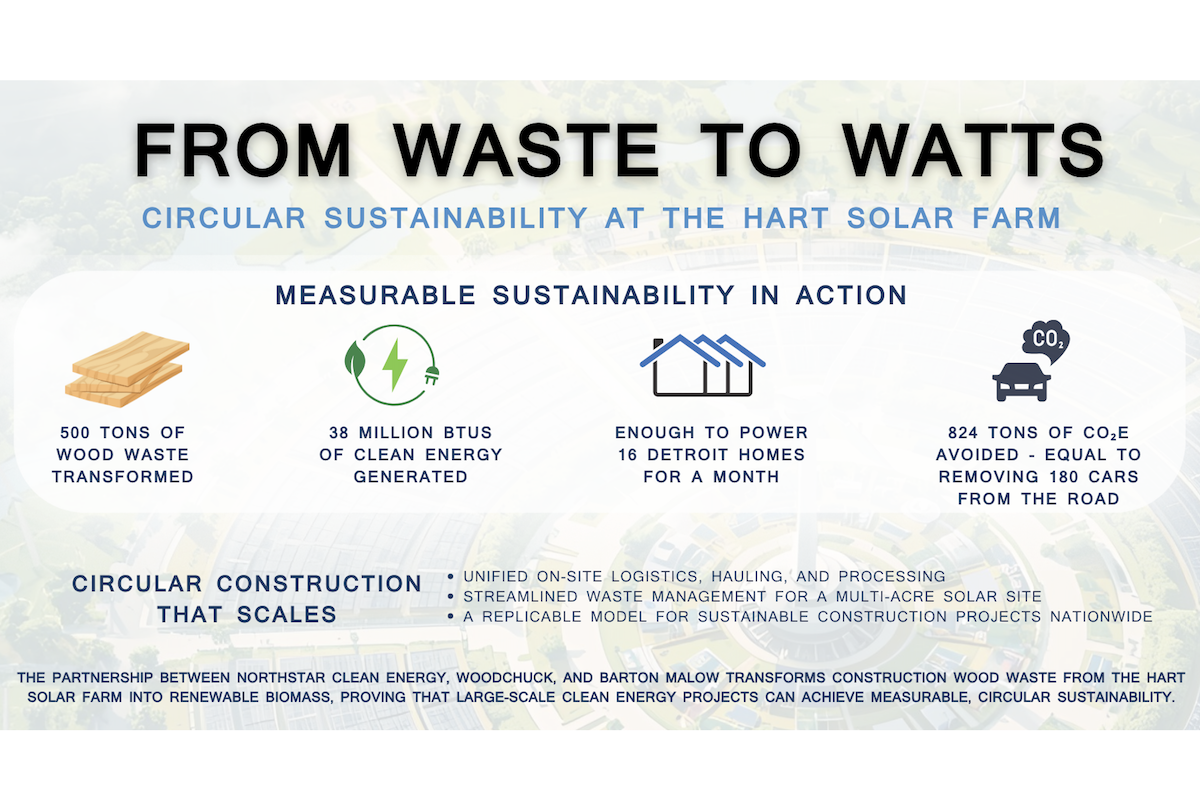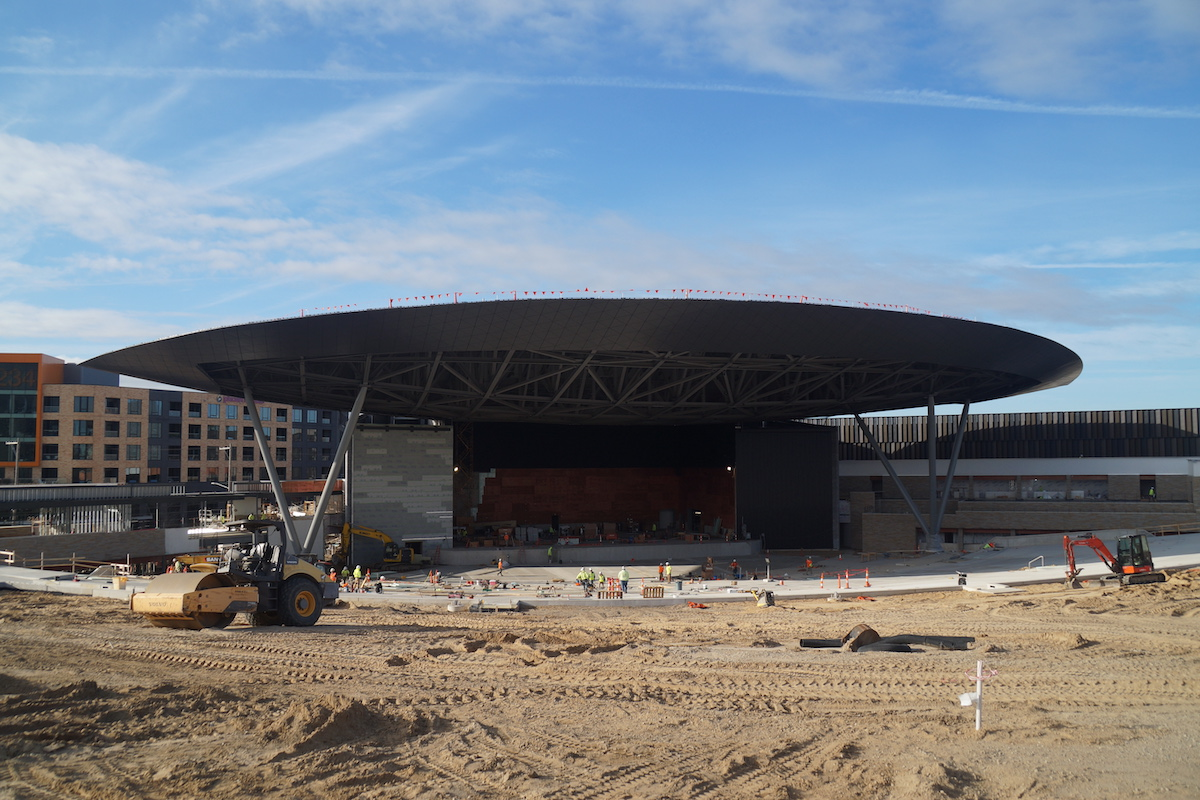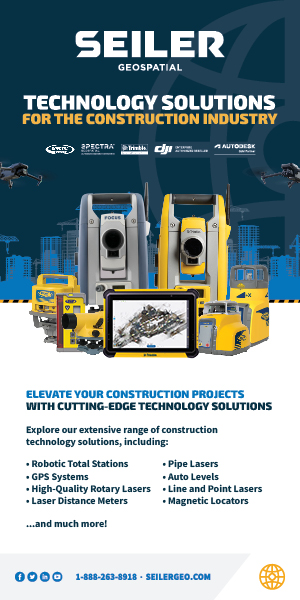The recent Dodge Construction Network Connected Construction: The Owners’ Perspective report shows that 59 percent of project owners reported frequent breakdowns in communication between themselves and other project team members, and 51 percent reported that their most frequent connectivity breakdown is with their general contractor or construction manager. Fewer than half – 45 percent – report that they are satisfied with their connectivity to those external companies.
At the same time, the federal government is funding the adoption of digital construction technology through programs such as the Bipartisan Infrastructure Law and Every Day Counts, through which DOTs, in particular, have access to funds for the sole purpose of trying out proven but underutilized digital construction technologies.
Across the board, contractors of all types and sizes are adopting the use of technology to help them complete projects faster, cheaper, safer, and with more sustainability. Site positioning, machine control, and field-to-office connectivity have achieved widespread adoption, and many civil contractors are now gaining a competitive advantage through more advanced technologies like task automation, augmented reality, and Building Information Modeling (BIM) tools. But what will the implications be for contractors as project owners start playing a bigger role in the use of technology for their projects? And how can contractors start to prepare themselves to compete in this new environment?
The impacts of this are simple: contractors will need to adopt and demonstrate proficiency with the required technologies in order to be considered for these projects. Gone are the days when a contractor could acquire technology just to check the box on the form. Today’s owners are requiring digital construction practices on their projects in part because they want the increased visibility and connectivity they provide. They need the real-time updates connected construction offers, particularly on projects with federal funding and more complicated reporting, and contractors who want to be considered for these jobs will need to be able to provide them.

| Your local Deere & Co dealer |
|---|
| AIS Construction Equipment |
WSB is the first engineering design firm in the U.S. to implement Trimble Quadri, an integrated data model collaboration platform that drives BIM-based workflows and helps users maximize the value of the 3D models through construction. The benefit of this collaboration platform became evident in the early design phase. In one case, the engineering team sought to raise one of the bridges by 6 feet. WSB and Ames were able to use that same design file to balance earthwork quantities at the different stages, reduce the number of retaining walls and even minimize noise.
“Through this cohesive and collaborative workflow, we were able to make iterative design changes such as moving a noise wall closer on a berm to reduce the wall size by half,” said Peter Muehlbach, Senior Director of Transportation Program Management at WSB and Project Manager for the Highway 169 effort. “Our team can design the iterative changes, quantify it in real time and work with MnDOT design, construction, and maintenance to move it forward. It’s a great way to keep innovating and deliver the best possible solution.”
Technology is the answer to many of the challenges faced by a construction industry with full project pipelines and a global workforce shortage that doesn’t show any signs of letting up. Getting project owners on board and engaged with the use of technology on their projects will have widespread benefits for everyone, including contractors, subcontractors, engineers and everyone else along the construction lifecycle. Owners are growing more and more interested in technology. The contractors who will be most competitive in the future are taking note – and taking action – now.
For more information about Trimble Civil Construction solutions, please visit https://heavyindustry.trimble.com.






































































